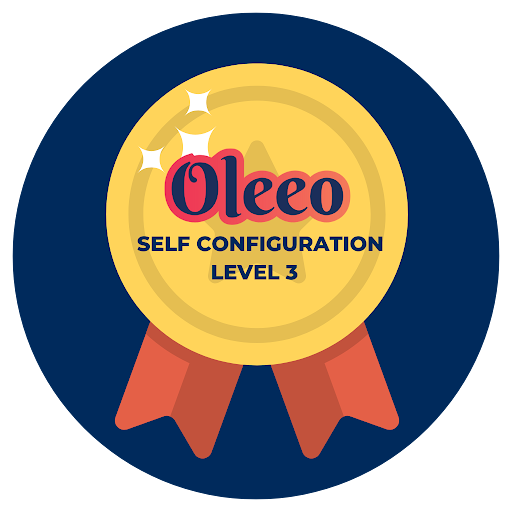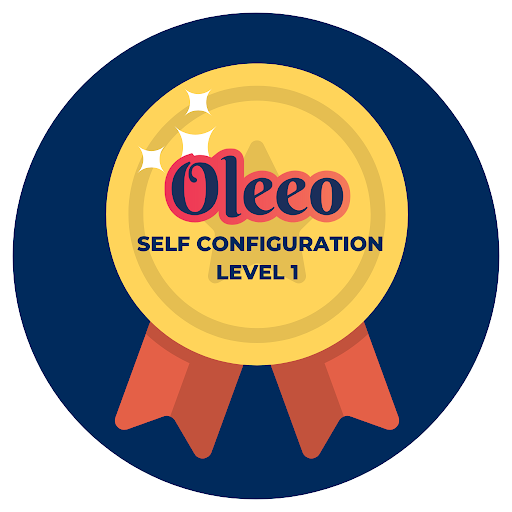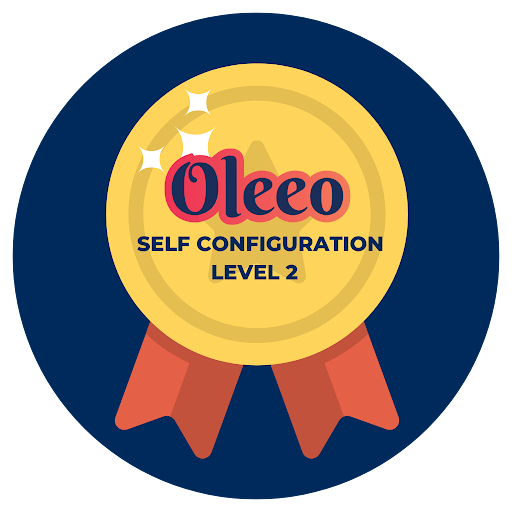You can group the statuses in your application process flow to form stages. Using this setup, you can generate a time-in-stage report, providing an average duration for candidates in each stage of the recruitment process.
OVERVIEW
Stages can be presented using a Simple Callout...
Staggered Bar Chart...
or Stacked Bar Chart...
You can show the data for all candidates, filter the population using a saved search or report on specific vacancies.
You can also choose the time period that you want to report on.
The general process for creating a Time in Stage report is:
- Set up the Status Groups in your Configuration Environment corresponding to the stages in your recruitment process.
- Set up the Reporting Stages in your Live Environment.
- Add Time in Stage component to a Report Hub, using the Reporting Stages you created.
This guide will walk you through each step of this process.
STEP 1: SET UP THE STATUS GROUPS
Setting up Status Group Sets requires Self-Configuration Level 1 access:
- If you don't have this level of access, you will need to get support from one of your Super Users.
Status Groups are used to represent the stages in your recruitment process.
Status Groups are created in the Configuration Environment. Super Users can modify existing Status Group Sets or create new ones.
There are 2 methods for creating Status Groups:
A) 'Configuration' > 'Process' > 'Status Group Sets'.
B) 'Users' > 'Status Groups' (Level 2 profile required to access this option).
This guide will focus on the first method.
Examples of recruitment stages (Status Groups):
Here is an example of the Status Groups that could make up your recruitment process:
- Apply stage - the statuses that a candidate may enter before they have submitted their application.
- Screening stage - any statuses that a candidate could enter while being screened for interview.
- Interview stage - any interview statuses (invite, scheduled, feedback, 2nd round, etc.)
- Offer stage - from being selected for offer (conditional, unconditional, etc.) to the offer being extended.
- Hired stage - from the candidate accepting the offer to the hire being complete.
Create a Status Groups Set to house your Status Groups
The Status Groups used for Time in Stage and Applications in Stage reports should only contain active statuses.
- Login to the Configuration Environment:
- You will need to be logged in to the Configuration Environment as a super user with Self-Configuration Level 1 access.
- Navigate to the Status Group Sets page:
- In the left-hand menu, navigate to Configuration > Process > Status Group Sets.
- Create a new Status Group Set:
- Select 'Create' in the toolbar.
- Enter a name - a good name would be "Application Stages (Active Statuses)".
-
TIP: This will be the name that is given the Status Group Set if it is added to the Data Dictionary.
-
- Enter a description.
- For 'Status Value type', select 'Recruitment'.
- Leave 'Access Control' unchecked.
- Click 'Create'.
- Create a new Status Group for each stage:
- Within your Status Group Set, navigate to the 'Status Groups' tab.
- Click the 'Add' button.
- In the 'Details' tab, give the Status Group a name (e.g. "Apply").
- In the 'Status Value' tab, add Status Values from the 'Available' list to the 'Selected' list.
- Only add active statuses to the group. Do not add terminal statuses such as 'reject' statuses and 'withdraw' statuses.
- Click 'Submit' to create the new Status Group.
- Create a Status Group for each stage that you want to report on.
- Arrange for your Configuration system to be pushed to Live:
- As with all configuration changes, you will need to arrange for your system to be pushed to Live.
Do not include Reject/Fail/Withdrawn statuses in Status Groups:
- These are terminal statuses and, once applications reach these statuses, they remain in them indefinitely.
- If you include these statuses in your groups it will skew the stats.
Status Values can only be added to one Status Group:
- You cannot add Status Values to multiple Status Groups within a Status Group Set.
- When all statuses are accounted for, you won't be able to add more to any group.
Add the Status Group Set to the Data Dictionary to use in other types of report:
- For use in Time in Stage and Applications in Stage reports, adding the Status Group Set to the Data Dictionary is not required.
- If you want to create a Data Table using the Status Group Set, you will need to add the it to the Data Dictionary.
- To do this, navigate to the 'Details' tab in the Status Group Set and choose a relevant category in the 'Add to Data Dictionary' field.
STEP 2: SET UP THE REPORTING STAGES
- Login to the Live Environment:
- You will need to be logged in to the Live Environment as a super user.
- Navigate to the Status Time Reporting page:
- In the left-hand menu, navigate to Statistics > Status Time Reporting.
- Create a new Status Time Reporting item:
- Select 'Add' in the toolbar.
- Enter a name.
- For 'Type' select 'Application'.
- Click 'Create'.
- Add the Groups you want to report on:
- Click 'Add Group'.
- The Status Groups dropdown contains all status groups created via 'Users' > 'Status Groups' and all Status Groups that were created within Status Group Sets.
- In the 'Status Groups' soft search, type the name of your Status Group Set.
- You will be presented with all of the Status Groups that you added to your Status Group Set.
- To add multiple Status Groups at a time, hold down the 'CTRL' key on your keyboard and select all of the Status Groups that you would like to report on.
- Click 'Add'.
- Set the order of the Status Groups:
- After adding the status groups that you want to report on, you can use the Move Up and Move Down buttons to re-arrange the order of your status groups if required.
- The order that that they are listed here will be the order in which they appear on your report.
STEP 3: ADD TIME IN STAGE COMPONENT TO A REPORT HUB
Now that you have set up your reporting stages, you are ready to add the Time in Stage report in your Report Hub.
- Navigate to the 'Reporting Suite':
- In your Report Hub select your report and click 'Edit'. This will open the 'Report Builder' tab
- Select the Time in Stage component:
- In the report builder menu to the left of the grid, click 'Time in Stage'.
- Place the Component:
- Click the cell in the grid for the component's top left-hand corner.
- Click another cell for the component's bottom right-hand corner.
- Complete the the fields in the pop-up window:
- Presentation - Here is where you select how you would like to visualise the Time in Stage data. You have 3 options:
- 'Simple Callout' - This gives you a high level overview of the average time that candidates spend in each stage.
- 'Staggered Bar Chart' - This gives you a timeline view which helps to visualize the candidate journey to easily identify which stages are the quickest and which are the longest.
- 'Stacked Bar Chart' - This gives you a comparative view which shows how each job performed in relation to others. Comparing multiple jobs helps to better understand which roles have the most efficient Candidate Experience and which have areas for improvement.
- Population - Use this to identify what candidates you would like to report on. You have 3 options:
- 'All Candidates' - No filter, calculate all applications available.
- 'A Saved Search' - Filter the applications based on the criteria in a saved search.
- 'Selected vacancies' - Select which vacancies you want to include applications from (multi-select list).
- Reporting Period - Use this field to set the time period you want to report on.
- Reporting Stages - Select the Status Time Reporting (reporting stages) you created earlier.
- Target SLA (Days):
- Once you select a 'Status Time Reporting' option, the system will populate a list of the stages that will be reported on.
- You can rename them as well as set any SLAs that exist for each stage.
- When presenting the data using a Simple Callout or Staggered Bar Chart, color-coding indicates whether stages were within or outside SLA.
- Click 'Update' to add the report.
- Presentation - Here is where you select how you would like to visualise the Time in Stage data. You have 3 options:
- Save your changes:
- The report does not automatically save when a new component is added.
- Make sure you click the 'Save Changes' button in the grid toolbar before navigating away from the page.
Note on Reporting Period:
Your Reporting Period applies to each stage individually. For example, if you set:
- 'Population' = 'All'
- 'Reporting Period' = 'Last 6 months'
- Report Stages = Screening and Interview
The population used to calculate the Average Time in Stage for Screening will be all applications that:
- Have gone through at least 1 status in the Screening stage within the last 6 months
The population used to calculate the Average Time in Stage for Interview will be all applications that:
- Have gone through at least 1 status in the Interview stage within the last 6 months









